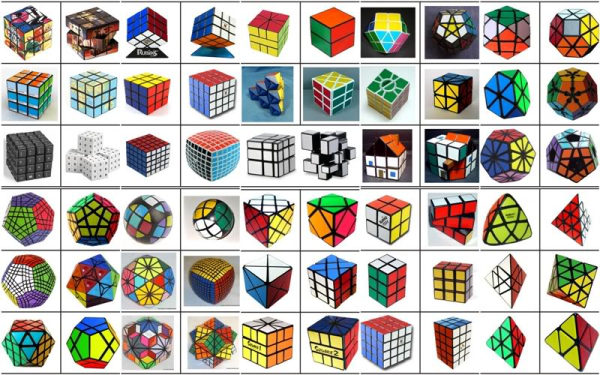One of my unique abilities is pattern matching.
Even if I'm not an expert in a field, based on context and patterns, I quickly see the big picture – and recognize the bottlenecks and leverage points that impact transformative results.
Perhaps that's why Rubik's Cubes fascinate me.
A scrambled cube presents an insurmountable challenge to newbies. It almost seems that there are infinite possibilities … and most lead towards chaos and failure. In reality, a Rubik's cube is pretty easy to solve if you understand a few simple algorithms (and match the positions of a couple key blocks in relation to the decisions you need to make next).
As more people learn to solve standard cubes, the game evolves. There is new generation of "Cubers" that attempt to find new creative situations to add difficulty, solve it faster than the next person, or try crazy variations of the cube that barely resembles the original.
If you're trying to learn how to solve a basic cube, here's a great resource.
After you've learned the basic patterns, and solved a few puzzles, you can up the ante.
Here are some examples of bigger cubes with more variables and different shapes.
via hananujiya
Ultimately, it is that base pattern recognition and simple solving skills (applied in the right order) that sets the stage.
It doesn't matter where you start. As long as you continue to make progress, the result is inevitable.


Leave a Reply